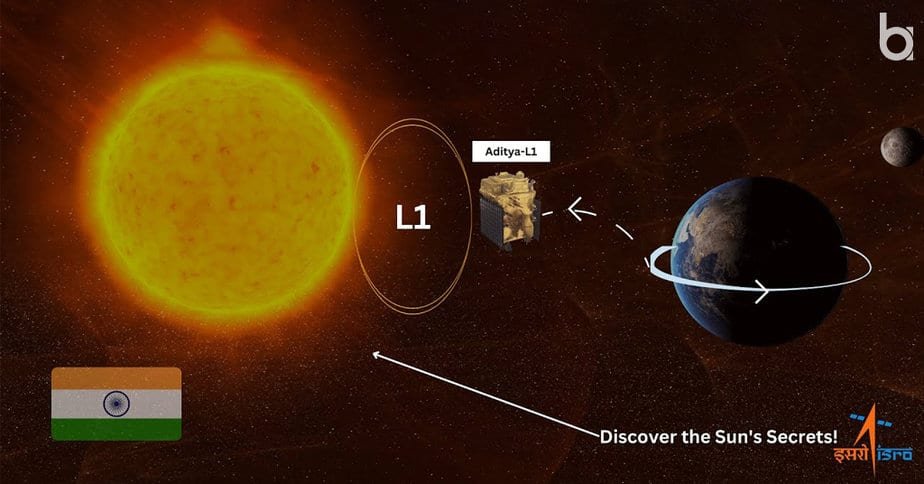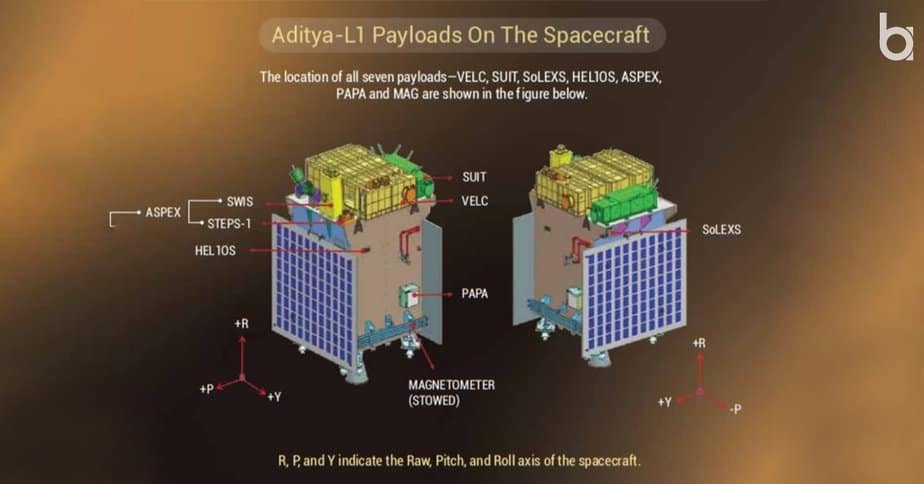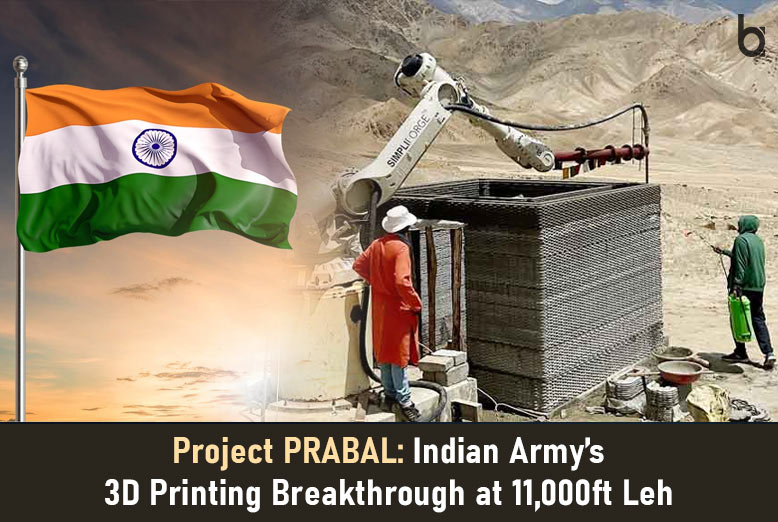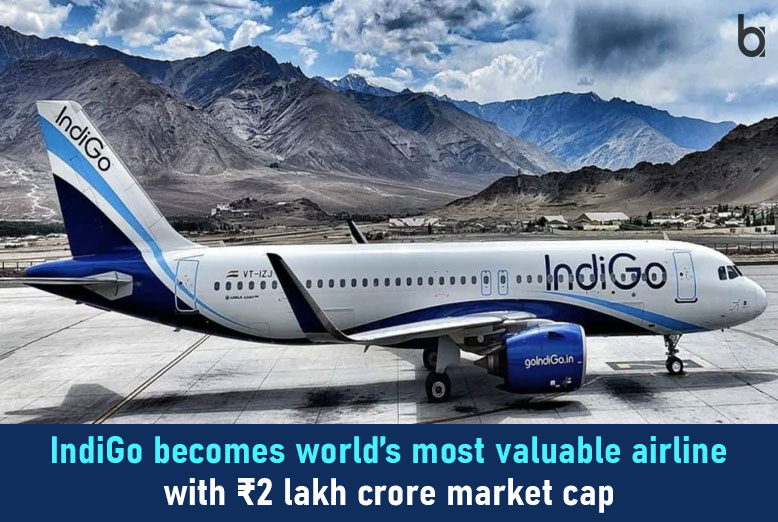India’s inaugural mission to explore the Sun, Aditya-L1, stands as a significant scientific endeavor led by the Indian Space Research Organisation (ISRO). This mission signifies India’s first dedicated effort to investigate the Sun and its impact on Earth. Aditya-L1 aims to illuminate the intricate dynamics of the Sun, thereby contributing vital insights to our understanding of this celestial body. As we embark on this remarkable journey, we anticipate uncovering valuable discoveries that will deepen our knowledge of the solar system and affirm India’s presence in the global space exploration arena.
Overview
The Aditya-L1 mission, India’s ambitious foray into solar exploration, commenced its journey on September 2, 2023. This groundbreaking mission seeks to unravel the mysteries surrounding our nearest star, the Sun, by deploying a state-of-the-art spacecraft equipped with seven scientific instruments. The satellite has been positioned in a low Earth orbit of 235 x 19,500 km, with an Earth-bound orbital maneuver scheduled for September 6, 2023. As of September 4, 2023, the Aditya-L1 spacecraft remains in its initial Earth-bound orbit, with its first significant Earth-bound orbital maneuver slated for September 6, 2023.
A Solar Odyssey: The Journey Begins

The Aditya-L1 mission stands as a testament to India’s growing prominence in the field of space exploration. This journey commenced in 2013 when the Indian government approved this audacious project. The spacecraft, weighing 1,500 kilograms and roughly the size of a refrigerator, was meticulously constructed by the Indian Space Research Organisation (ISRO) in collaboration with various Indian research institutes.
The mission was initiated successfully on September 2, 2023, as the Aditya-L1 spacecraft was propelled into space by the PSLV-C57 rocket from the Satish Dhawan Space Centre in Sriharikota, India. Over the course of the mission, the spacecraft will traverse three distinct phases:
1. Launch Phase:
The Launch Phase of the Aditya-L1 mission represents the initial stage of the spacecraft’s journey. During this phase, the Aditya-L1 spacecraft was launched from Earth using a PSLV-C57 rocket on September 2, 2023. This marked the spacecraft’s departure from our planet and the commencement of its mission to explore the Sun. The primary objective of the Launch Phase is to propel the spacecraft from Earth’s surface into space and set it on the trajectory that will ultimately lead to the L1 Lagrange point.
2. Cruise Phase:
Following a successful launch, the spacecraft entered the Cruise Phase. This phase is characterized by the spacecraft’s voyage from Earth to its destination, the L1 Lagrange point. The L1 Lagrange point represents a unique region in space where the gravitational forces of the Sun and Earth are delicately balanced. Consequently, objects at this point experience a relatively stable position with respect to both the Sun and Earth.
The Cruise Phase entails the coordinated operation of the spacecraft’s propulsion systems and navigation tools to ensure it follows the correct path to reach the L1 Lagrange point. This phase is critical as precise navigation is essential to reach the intended destination and conserve fuel and energy for the subsequent Science Phase.
3. Science Phase:
The Science Phase constitutes the heart of the Aditya-L1 mission, where the primary scientific exploration and research activities occur. After reaching the L1 Lagrange point, the Aditya-L1 spacecraft initiates its mission to comprehensively study the Sun. This phase is expected to extend for five years, during which the spacecraft orbits the L1 Lagrange point.
During the Science Phase, the following activities transpire:
Orbiting the L1 Lagrange Point: The spacecraft maintains a stable orbit around the L1 Lagrange point, allowing it to remain in a fixed position relative to the Sun and Earth. This positioning is ideal for continuous observation and data collection.
Scientific Experiments: Aditya-L1 is equipped with seven scientific instruments, each designed for specific purposes. These instruments are employed to study various aspects of the Sun, such as its chromosphere, corona, solar wind, magnetic field, and more. The spacecraft conducts a wide range of experiments to collect data and analyze the Sun’s behavior.
Data Transmission: The spacecraft transmits the data collected during its experiments back to Earth through its communication system. Scientists on Earth can then analyze this data to gain insights into the Sun’s properties, behavior, and impact on space weather.
Mission Objectives: Probing the Sun’s Secrets
The Aditya-L1 mission encompasses a formidable array of objectives, each intended to deepen our comprehension of the Sun:
1. Studying Solar Dynamics
The Aditya-L1 mission endeavors to explore the dynamics of the Sun’s chromosphere and corona, unraveling the intricate processes that govern these regions. By investigating energy transfer, magnetic field formation, and phenomena like solar flares and coronal mass ejections (CMEs), scientists aim to gain deeper insights into the Sun’s behavior, which has far-reaching implications for space weather and our solar system.
2. Unlocking Solar Heating Mysteries
Understanding the physics behind the extreme heating of the Sun’s outer layers, namely the chromosphere and corona, stands as a central objective of Aditya-L1. These layers exhibit significantly higher temperatures than the Sun’s visible surface, and deciphering the heating mechanisms is crucial for predicting space weather, solar flares, and their impacts on Earth and technology.
3. Exploring Ionized Plasma
Aditya-L1 delves into the behavior of partially ionized plasma near the Sun. This ionized plasma, composed of charged particles, interacts with the Sun’s magnetic field and the surrounding space. By studying this complex environment, the mission aims to enhance our understanding of the Sun’s influence on space conditions and improve space weather forecasting.
4. Coronal Mass Ejections and Flares
Solar flares and coronal mass ejections (CMEs) represent explosive solar events with significant space weather implications. Aditya-L1 is dedicated to investigating the initiation and behavior of these phenomena, which release energy and charged particles into space. Enhanced understanding of CMEs and flares will improve our ability to predict and mitigate their potential impacts on Earth and space missions.
5. Particle Environment Investigation
Aditya-L1’s mission encompasses the study of the particle environment around the L1 Lagrange point, influenced by both the Sun and Earth’s magnetic field. By examining the types, densities, and energies of particles in this region, the mission will provide crucial data for designing spacecraft and spacesuits, ensuring the safety and success of future space missions.
Technological Marvels: The Tools of Discovery

The Aditya-L1 spacecraft incorporates cutting-edge technologies to achieve its scientific goals:
1. Solar Sail: The solar sail represents an innovative propulsion system that utilizes sunlight to generate thrust. It facilitates precise maneuvers and assists in maintaining the spacecraft’s position by adjusting the sail’s orientation and intercepting sunlight.
2. Star Tracker: This advanced optical device identifies and tracks stars in the sky. It plays a crucial role in ensuring the spacecraft’s accurate orientation toward the Sun, enabling its scientific instruments to gather precise data.
3. Communication System: The spacecraft’s communication system encompasses antennas, transmitters, receivers, and data processors. It transmits real-time data to Earth, enabling scientists to analyze the Sun’s behavior as it occurs during the mission.
4. Power System: The power system employs solar panels to capture sunlight and convert it into electrical energy. This energy is stored in batteries, ensuring a continuous and reliable power source to operate the spacecraft’s seven scientific instruments throughout the multi-year mission.
Budget and Phases: A Well-Planned Expedition
The Aditya-L1 mission came to fruition with a budget of approximately 450 crores, reflecting India’s commitment to advancing space research. The mission is divided into distinct phases:
Launch and Early Orbit Phase (LEOP): Running from September 2 to September 18, 2023, this phase marks the mission’s launch and initial orbital setup. It includes spacecraft deployment, solar panel activation, and system checks. The mission is scheduled to reach the Sun-Earth L1 Lagrange point on October 14, 2023.
Trans-L1 Phase: Occurring from September 18 to October 6, 2023, this phase focuses on the spacecraft’s journey to the L1 Lagrange point. Delicate maneuvers are executed to ensure precise positioning.
Operational Phase: Beginning on October 6, 2023, and continuing indefinitely, this phase constitutes the heart of the mission. At the L1 Lagrange point, the spacecraft’s seven scientific instruments engage in intensive solar study, with no fixed end date for this crucial scientific exploration.
What Lies Ahead: The Future of Solar Exploration
As of the latest update, Aditya-L1 remains on course for its ambitious mission. It is scheduled to reach the Sun-Earth L1 Lagrange point on October 14, 2023, marking a significant milestone in India’s space exploration endeavors.
The achievements of ISRO encompass the Aditya-L1 mission, which holds the promise of unlocking profound insights into the workings of our Sun. This achievement paves the way for a deeper understanding of our solar system and its impact on Earth. As we gaze to the skies and beyond, the Aditya-L1 mission serves as a shining example of human ingenuity and the relentless pursuit of knowledge, further fueling our curiosity about the universe that surrounds us. Stay tuned for more updates as this exciting mission unfolds.
ALSO READ: Chandrayaan-3: 5 Astonishing Things You Probably Don’t Know About















